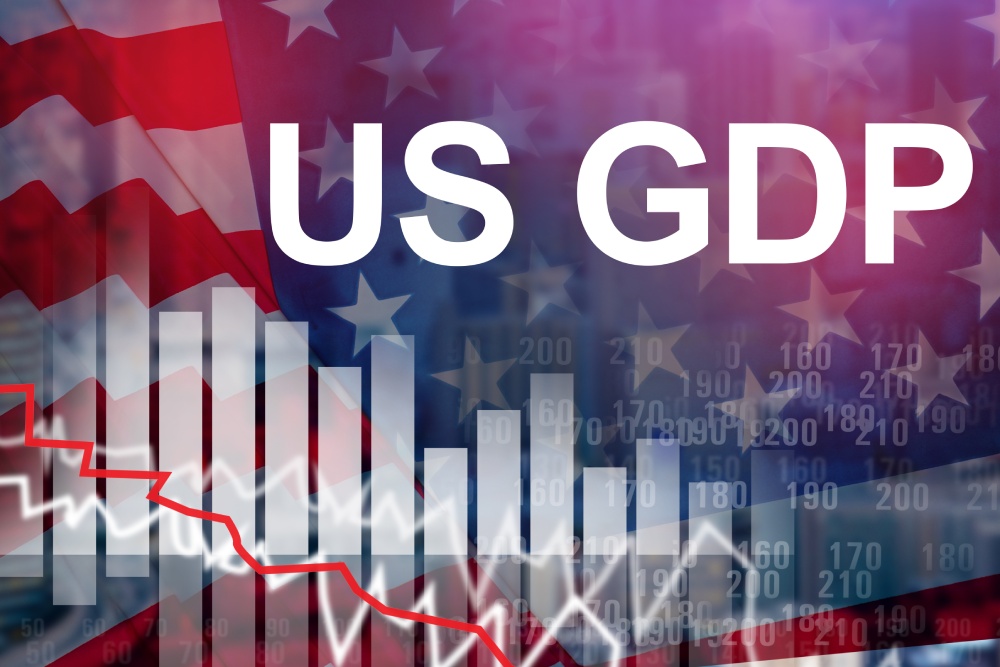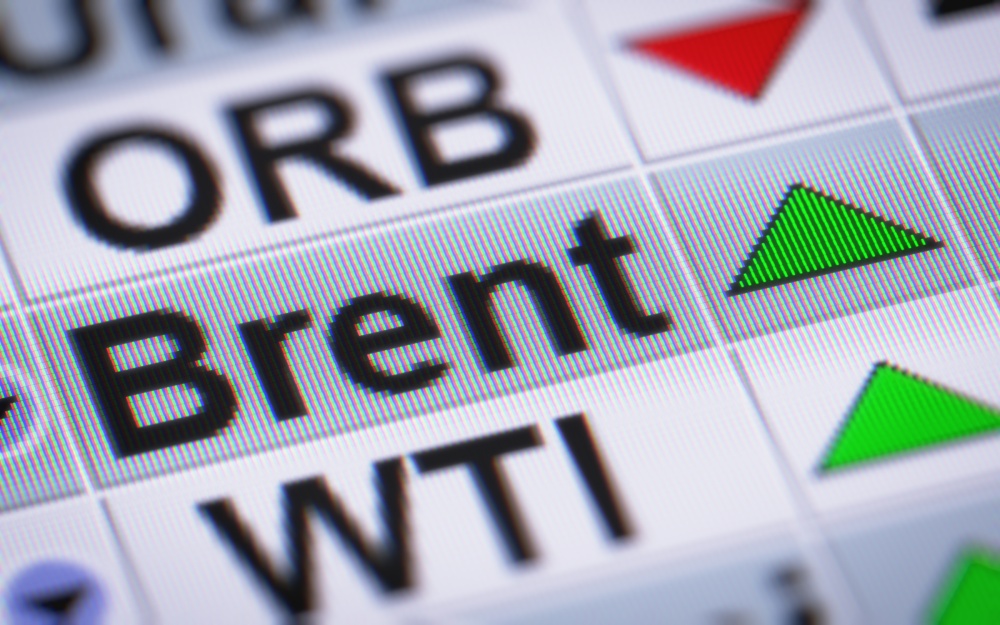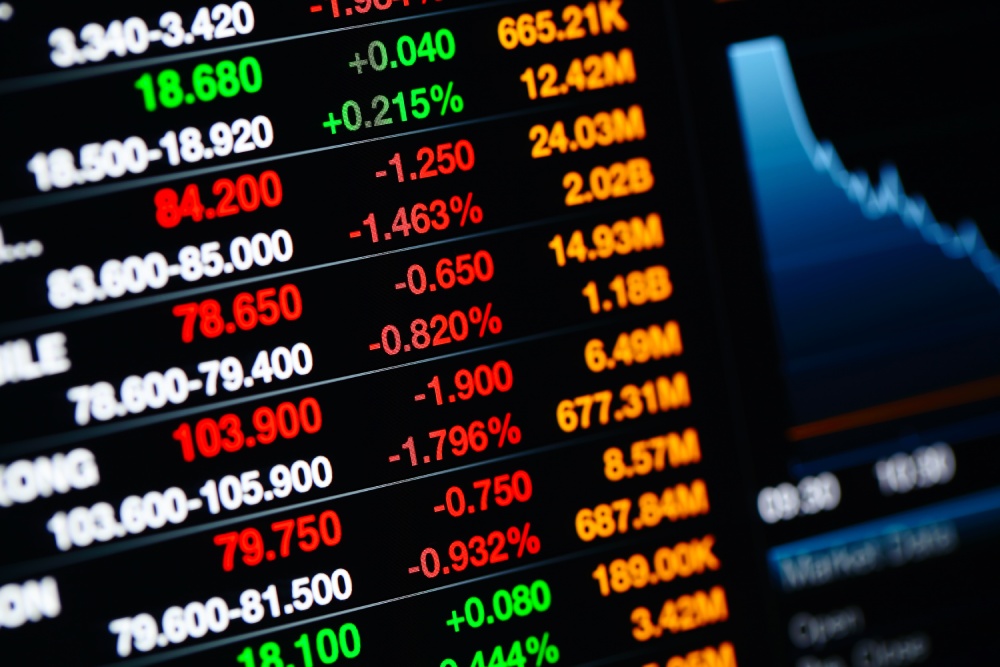U.S. GDP Cools Off in Q2 at 6.5%

The U.S. GDP has been widely anticipated particularly after it largely grew in the first quarter from 4.3% to 6.4%, despite expectations being 6.8%. it was a large growth and expectations for the second quarter were also higher than previous, forecasted to score 8.5%, from last quarter’s 6.4%.
Expectations remained largely high for Q2 mostly because of all economies re-opening their borders, travel, and lifting most restrictions. These re-openings were supposed to show heavy growth in the services sector.
However, opposing expectations, the U.S. GDP scored 6.5% vs the 8.5% expected and the 6.4% previously gained. In spite of greater demand for goods and services in Q2 and a massive return to the office that comes hand in hand with commuting, travel and the availability of more activities. It didn’t boost the GDP figures.
Had expectations beat a 7.0 percentage, it would have caused inflationary pressures that would have perhaps taken another toll on markets.
Meanwhile, China’s GDP grew 7.9% in Q2 falling slightly short of expectations at 8.1%. it was still an indicator that the economy is on track for recovery.
The FED
Markets were quite unphased by the Feds July meeting, as they kept interest rates steady as very much expected and added that they will begin tapering monthly bond purchases soon. The GDP figures definitely supported Powell’s speech on Wednesday that there’s still a further route to recovery.
THE USD
Furthermore, the dollar index has been losing steam earlier this week ahead of the Feds July meeting and since Powell sounded dovish and slightly positive, the USD didn’t take it too well as compared with the Feds June meeting that was unexpectedly hawkish placing the greenback on fire.
A higher GDP would have lifted the greenback on a swift move after Wednesday’s downer. But it seems like the lower-than-expected figure added some mixed signals on the USD because in the first 5 minutes it pushed the USD lower then went for a quick reversal. Nevertheless, on the Daily frame, it continued to slide.
*USD 15 Minute Chart*

Additionally, the US Personal Consumption Expenditure prices (QoQ) which the Fed ultimately uses as an indicator for inflation, picked up to 6.5% from 3.7% previously. it would have been noted as a red flag for inflation but with the pattern of its just transitionary dialogue, I doubt the Fed would flag it at all.
All eyes now turn to the monthly PCE figures on Friday that may increase volatility in the markets.
Speaking of more economic indicators, Unemployment claims also fell short of expectations with a figure of 400K VS 382K expected. These figures bring up cloudy thoughts on what would be the Fed’s next move!


